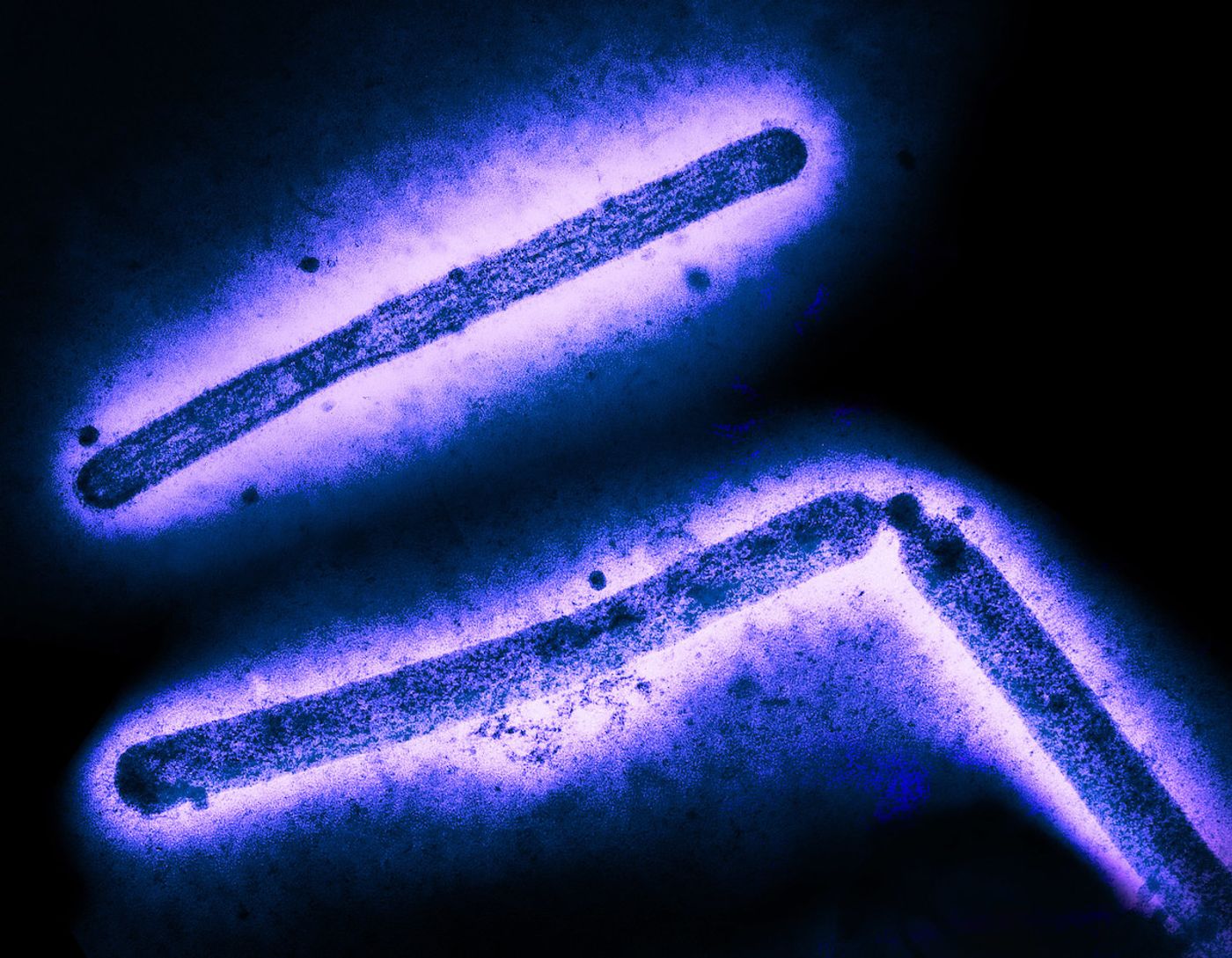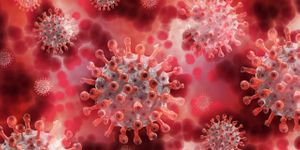Genetic Changes Made Bird Flu Worse When It Hit North America
Even as the world grapples with COVID-19, there has been another massive outbreak of a viral pathogen called H5N1 influenza among wild birds. New research has shown that this virus underwent genetic changes while infecting animals in North America. These changes made the virus more virulent, and the virus can now infect the brains of mammalian animal models, which is a significant difference from earlier strains. The findings have been reported in Nature Communications.
The H5N1 influenza virus was first identified in domestic waterfowl in Southern China in 1996. The virus ended up infecting about 850 people and had a death rate of 50 percent. For the next several years, the virus was quiet, until it was detected again in 2003, when it caused outbreaks in Asia. Other outbreaks followed in 2005 in Africa, Europe, and the Middle East. A novel type of H5N1 virus called 2.3.4.4b emerged around 2020, and it began to spread around the globe.
The virus is still thought to pose only a low threat to humans. Since 2004, 874 human cases of H5N1 infection have been confirmed in 23 countries. Of those individuals, 458 died. Human cases are linked with close contact with infected birds, and the virus cannot (yet) transmit from one infected person to another.
However, the H5N1 virus has begun to infect a wide variety of animals, including minks, dolphins, seals, bears, mountain lions, and skunks, among other animals. The mink farm outbreaks have been particularly concerning, because so many animals living so close together gives the virus a lot of opportunities to mutate in new ways.
In this latest study, the researchers followed the spread of the virus across North America as it infected wild waterfowl. "We haven't seen a virus quite like this one," said corresponding study author Richard Webby, PhD, of St. Jude Children's Research Hospital. "In 24 years of tracing this particular H5N1 flu lineage, we haven't seen this ability to cause disease but also be maintained in these wild bird populations."
Webby noted that H5N1 is "nasty," and that infected animals carry "huge" amounts of the virus in their brains, and an increase in pathogenicity. Although this is not the first time H5 viruses have been detected in the brain, what the researchers found was among "the most virulent" they have seen in more than two decades of work.
Previous outbreaks of bird flu have petered out in wild populations, and have quickly been over; this time seems to be quite different.
This study showed that the current strains of H5N1 gained a new version of a viral protein called neuraminidase while infecting birds in Europe. This improved its ability to move from one bird to another. Then, it spread to Eastern Canada and the United States. The virus quickly changed again at this point, swapping genes with other flu viruses that infect wild birds in North America. The virus had become even more dangerous.
H5N1 now seems to have gotten even better at infecting birds; it can now infect many different kinds of birds including unusual species not normally infected with flu, such as eagles or buzzards. The virus also started to cause more severe illness.
It is no longer just a virus that infects chickens. "It's also infecting other avian and mammal species in the U.S. It's a higher exposure risk for humans and other mammals than we've ever had in North America. We've never really been exposed to this level of circulation of these highly pathogenic flu viruses," Webby said.
The human risk is "still low," Webby said. However, Webby also added that the risks appear to be shifting, and viruses are starting to do things that have not been observed before this. Various strains of H5N1 viruses have infected wild populations, evolved, and continue to do so. "There are now many different types out there, and they're very nasty."
While humans shoudl not yet be concerned that this virus will infect us, Webby suggested that people should still minimize their risk of infection by using caution around wild animals, particularly because of the chance of severe illness that H5N1 can potentially pose.









